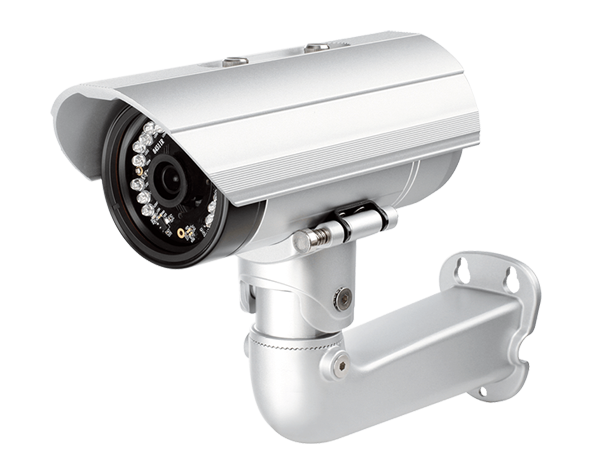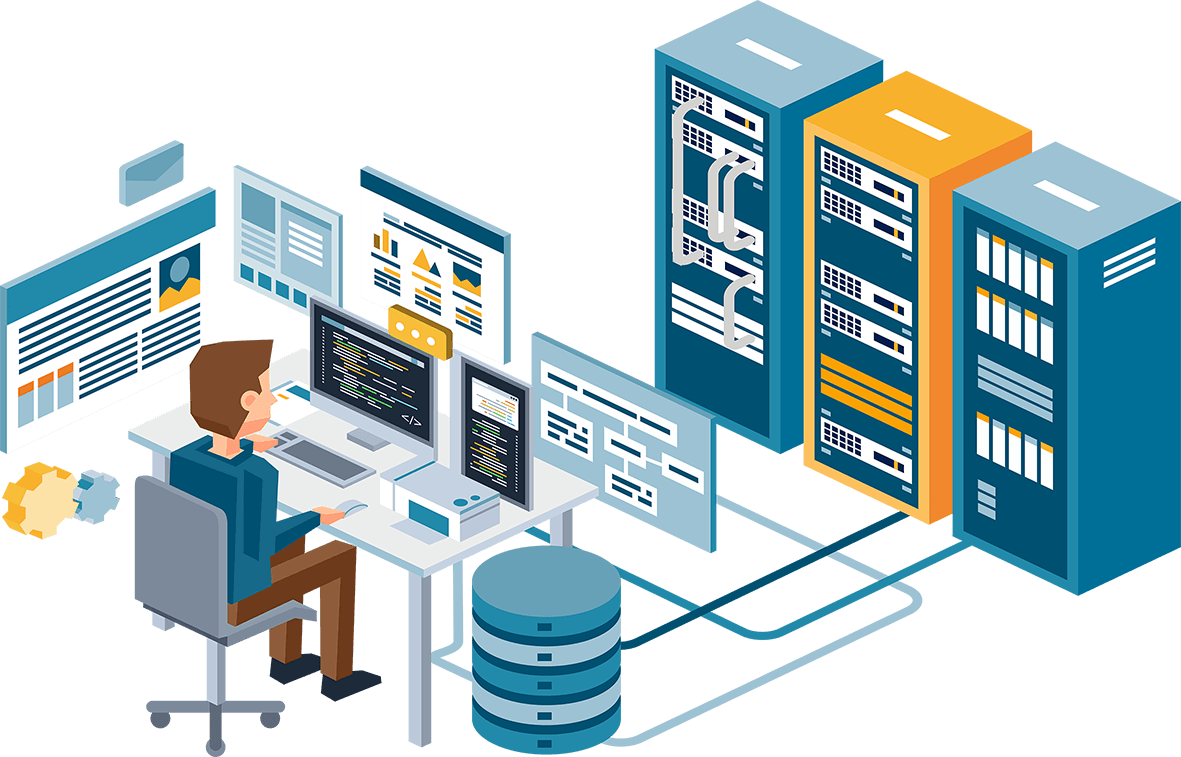Surveillance Closed-Circuit Television (CCTV) systems are used for monitoring and recording activities in various environments to enhance security and safety. These systems are widely deployed in residential, commercial, and public settings to deter crime, monitor behavior, and provide evidence in the event of an incident.
Key Components of CCTV Systems
-
Cameras
- Analog Cameras: Traditional cameras that transmit video over coaxial cables.
- IP Cameras: Digital cameras that transmit video over IP networks, offering higher resolution and advanced features.
- PTZ Cameras (Pan-Tilt-Zoom): Cameras that can be remotely controlled to pan, tilt, and zoom for broader coverage.
- Dome Cameras: Cameras encased in a dome, often used for indoor surveillance.
- Bullet Cameras: Cylindrical cameras typically used for outdoor surveillance.
-
Recording and Storage Devices
- DVR (Digital Video Recorder): Records video from analog cameras.
- NVR (Network Video Recorder): Records video from IP cameras.
- Cloud Storage: Off-site storage of video data in the cloud for accessibility and redundancy.
-
Monitors
- Displays for viewing live or recorded video feeds from cameras.
-
Cabling and Connectivity
- Coaxial Cables: Used with analog cameras.
- Ethernet Cables (Cat5e, Cat6): Used with IP cameras for data and power transmission (PoE).
-
Power Supply
- Direct Power Supply: Individual power sources for each camera.
- Power over Ethernet (PoE): Single cable provides both power and data connectivity.
-
Video Management Software (VMS)
- Software for managing, recording, and analyzing video feeds. Offers features like motion detection, facial recognition, and integration with other security systems.
Benefits of Surveillance CCTV Systems
-
Crime Deterrence
- Visible cameras deter potential criminals from engaging in illegal activities.
-
Real-Time Monitoring
- Allows security personnel to monitor live feeds and respond quickly to incidents.
-
Evidence Collection
- Recorded footage provides valuable evidence for investigations and legal proceedings.
-
Remote Monitoring
- IP cameras and cloud-based systems enable remote access to live and recorded video from anywhere.
-
Enhanced Security
- Integrates with other security systems like alarms and access control for comprehensive security solutions.
-
Safety and Liability
- Monitors high-risk areas to ensure safety and reduce liability in case of accidents or disputes.
Types of Surveillance CCTV Systems
-
Residential CCTV Systems
- Designed for home security, including features like motion detection, night vision, and remote access.
-
Commercial CCTV Systems
- Used in businesses to monitor premises, deter theft, and enhance employee and customer safety.
-
Public Surveillance Systems
- Deployed in public spaces like streets, parks, and transportation hubs to monitor activity and ensure public safety.
-
Industrial CCTV Systems
- Used in industrial environments to monitor processes, ensure safety compliance, and prevent unauthorized access.
Best Practices for CCTV System Deployment
-
Assess Needs and Objectives
- Identify the primary goals of the surveillance system, such as theft prevention, safety monitoring, or process surveillance.
-
Site Survey and Planning
- Conduct a thorough site survey to determine optimal camera locations, coverage areas, and potential obstructions.
-
Select Appropriate Equipment
- Choose cameras and recording devices based on environmental conditions (indoor/outdoor), resolution requirements, and specific features needed (night vision, PTZ).
-
Ensure Proper Installation
- Follow manufacturer guidelines and industry standards for installing cameras, cabling, and power supplies to ensure reliable operation.
-
Implement Robust Security Measures
- Secure the CCTV system against unauthorized access and cyber threats. Use strong passwords, encryption, and regularly update firmware.
-
Regular Maintenance
- Schedule routine maintenance to clean cameras, check connections, and ensure all components are functioning properly.
-
Compliance with Regulations
- Ensure the CCTV system complies with local laws and regulations regarding surveillance and privacy.
Challenges in CCTV Surveillance
-
Privacy Concerns
- Balancing surveillance needs with individuals’ right to privacy. Implement policies and signage to inform the public about surveillance.
-
Data Security
- Protecting recorded footage from unauthorized access and tampering.
-
Storage Requirements
- Managing large volumes of video data and ensuring adequate storage capacity.
-
Environmental Factors
- Ensuring cameras are weatherproof and can operate in various lighting conditions.
-
System Integration
- Integrating CCTV systems with other security and building management systems.
Future Trends in CCTV Surveillance
-
AI and Machine Learning
- Enhanced video analytics for automated threat detection, behavior analysis, and facial recognition.
-
Cloud-Based Solutions
- Increasing use of cloud storage and management for scalability and remote access.
-
High-Resolution Cameras
- Adoption of 4K and higher resolution cameras for clearer and more detailed footage.
-
IoT Integration
- Integration of CCTV systems with IoT devices for comprehensive security and automation solutions.
-
Wireless Technology
- Increased use of wireless cameras and connectivity options for easier installation and flexibility.
Conclusion
Surveillance CCTV systems are essential tools for enhancing security, monitoring activities, and providing valuable evidence. By carefully planning and implementing CCTV systems, organizations can achieve effective surveillance while addressing challenges related to privacy, data security, and system integration. Advances in technology, such as AI and cloud computing, continue to enhance the capabilities and efficiency of CCTV systems, making them an integral part of modern security infrastructure.







 AMC / Tech Service
AMC / Tech Service IT Infrastructure
IT Infrastructure Telecommunication
Telecommunication Surveillance CCTV
Surveillance CCTV Access Control
Access Control Web & Marketing
Web & Marketing